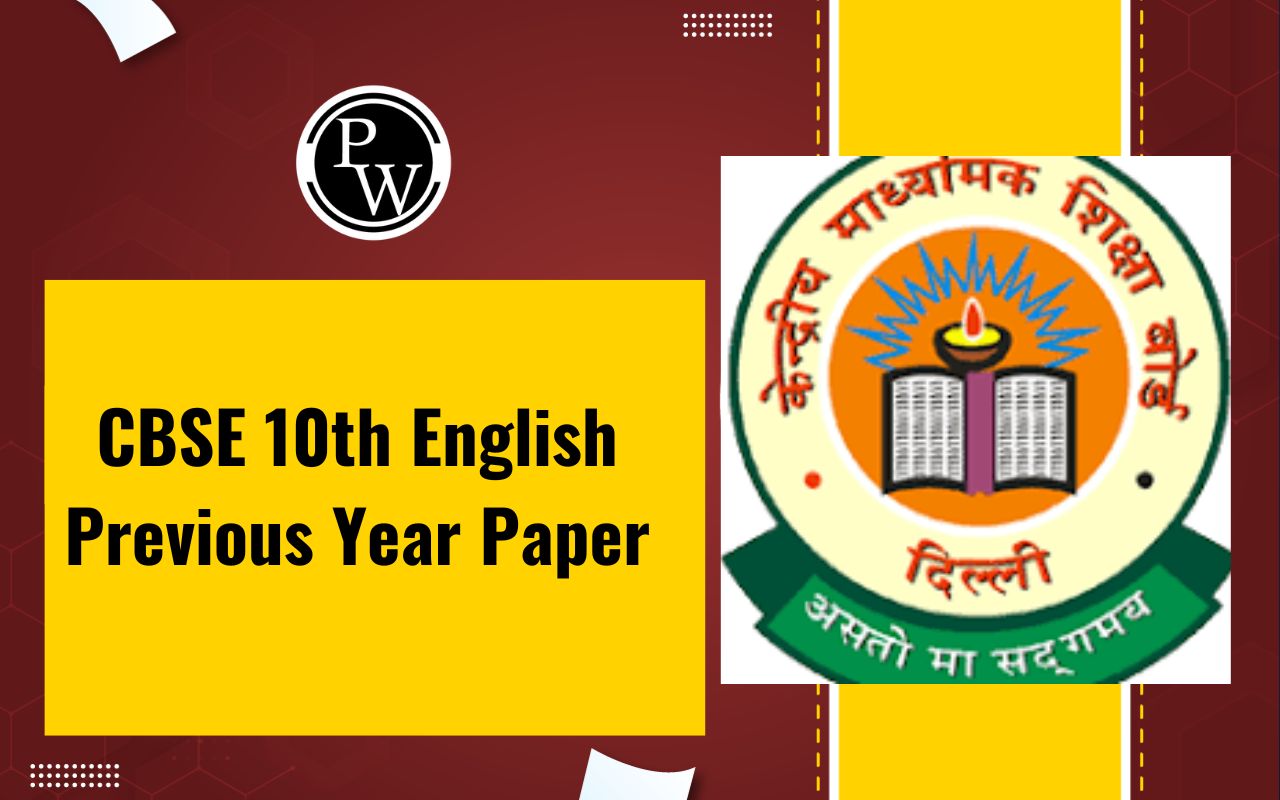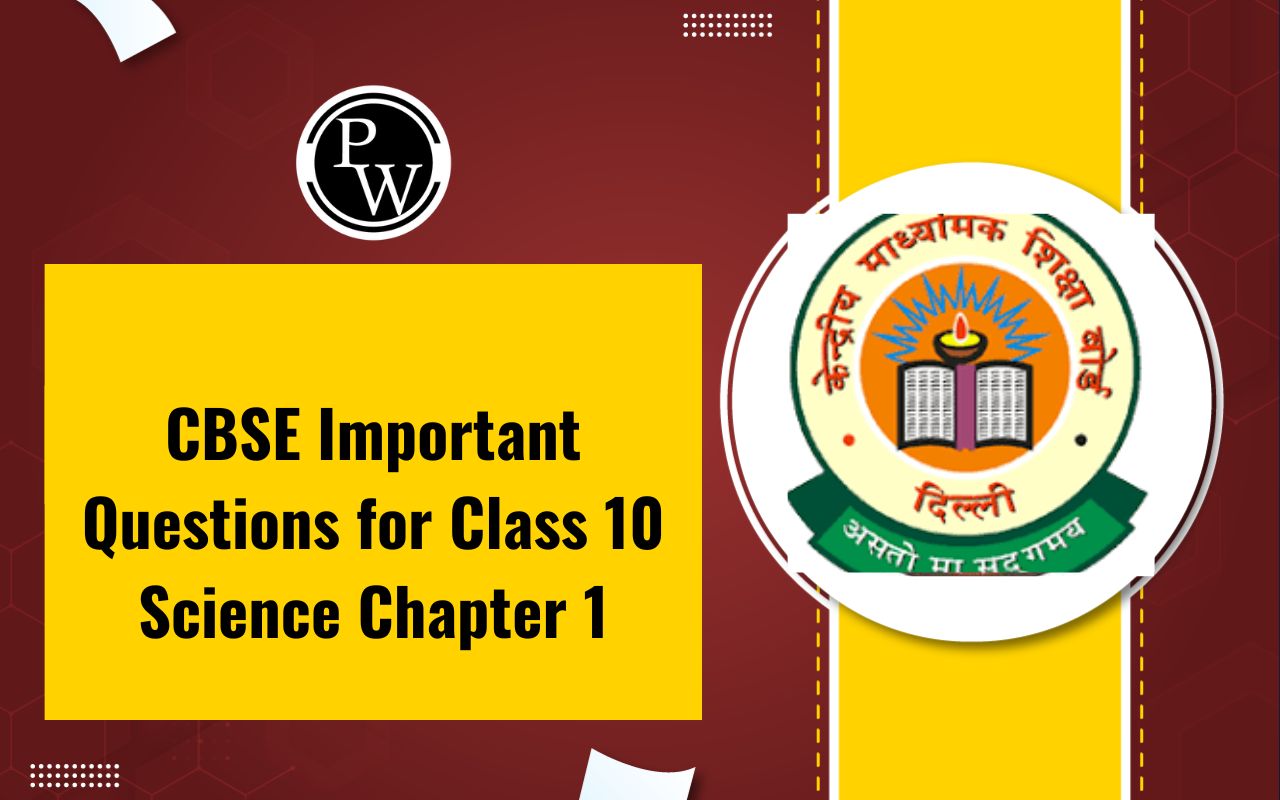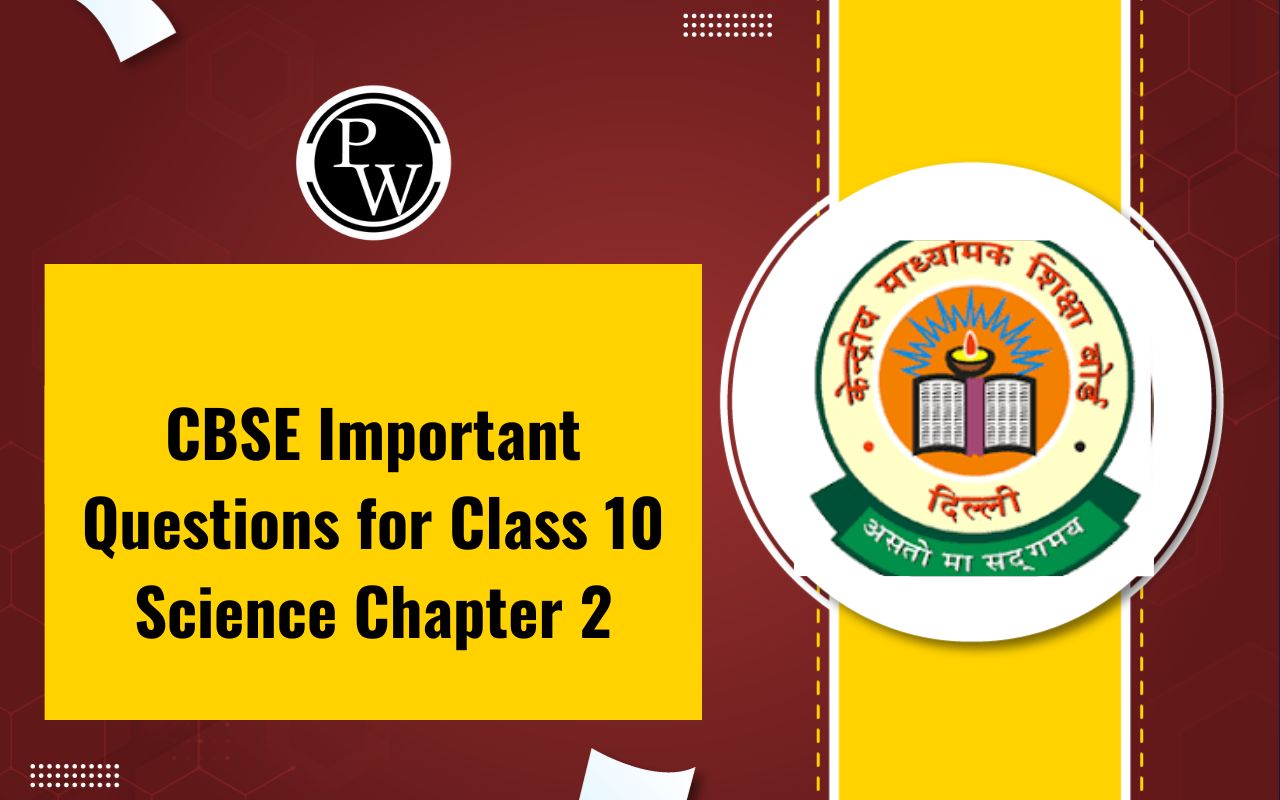

How to Write a Summary : Writing a summary is one of the most important skills you can possess. It’s not only useful in school and academia, but also within business and professional development.
Being able to interpret complex information quickly, identify key points, and put them into your own words makes summarizing an invaluable skill that will help you now—and throughout your life. Summarization helps us make sense of large bodies of text concisely so we can better remember what we have read over time. Today, we will show you how to harness the power of summaries for yourself with simple tricks!What is a Summary?
A summary serves as a concise overview of a more extensive work, offering readers a comprehensive understanding in a condensed form. Writers create summaries by extracting the main ideas from an article, essay, television show, or film, condensing them into a brief paragraph. While providing sufficient detail for comprehension, summaries also reflect the writer's personal interpretation of the subject matter.How to Write a Summary (Step-By-Step Guide)?
Writing a summary can be a daunting task. It requires you to dive deep into text and carefully draw out its key elements. In this step-by-step guide, we’ll walk you through exactly how to write a powerful summary that accurately captures your work or ideas in just the right way. To write more effective summaries, follow these steps:Step 1: Read the Text Thoroughly:
Read the text multiple times to grasp the author's message comprehensively. During the first read, focus solely on understanding without taking notes. Identify the purpose, supporting arguments, and additional details. Comment in a notebook or the margins on the second read if you have a physical copy.Step 2: Take Notes to Identify the Main Idea:
Write down the main points, themes, or thesis you recognize in the text. Determine the tone and category, whether literary or scientific. Look for repetitions in the text, as repeated arguments are likely essential. Consider reading the title and determining the publication place and date to understand the intended audience.Step 3: Identify the Main Arguments:
Reread the text more carefully to find elements supporting the main points. Look for repetitions, details related to the title, or character descriptions. Tips for identifying important arguments include:- Print a paper copy or use a digital version for note-taking.
- Underlining sentences convey the main concept in each paragraph.
- Reviewing the underlined topic sentences after completing the article.
Step 4: Prepare Your Draft:
Rephrase identified sentences on the side of the page or in your notebook. Write them in your own words, omitting unimportant details. Note the author's first and last name and the article title for later reference.Step 5: Write the Summary:
Start the summary with the author's name and the text title. For instance, use a variation of "According to Martin Somers in 'The Child and the Wolf.'" Include the author's thesis in the opening sentence. Your first sentence should summarize the text, while the rest restate the main concepts supporting the theory. Use your own words and paraphrase ideas, aiming for conciseness by avoiding unrelated facts.Step 6: Quote the Author:
Use a specific passage to explain the author's main point. Mention the author's credentials, such as a position or award, to enhance the text's authority. For example, "In his lecture about inflation, Polders, a professor in economics at the Southern University," introduces the author and makes subsequent claims sound reputable.Step 7: Conclude the Summary:
Restate the author's conclusion or last main point to conclude the summary. Even though it's a short text, restating the most essential part ensures audience understanding. Consider listing the most critical data in the outline for better retention for professional presentations.Step 8: Correct and Refine:
After completing your summary, read it aloud and make the necessary corrections. Eliminate repetition, use transitional words for smoother flow, and check grammar and spelling. Having a friend or colleague review your summary can help identify any overlooked corrections.How to Write a Summary for Students
Is summarizing a challenge for you? You’re not alone - many students can feel overwhelmed when it comes to organizing and condensing information. It’s important to master this skill, however, as it is required in everything from academics to workplace communications. Not only will getting better at summarizing help make your life easier but it will also enable you to become a more effective communicator. Below table shows how to write a summary for students :| How to Write a Summary for Students | |
| Step | Description |
| 1. Read the Text | Carefully read the text to grasp the main ideas and understand the author's message. |
| 2. Identify Key Points | Take notes to identify the main points, themes, or thesis presented in the text. Determine the tone and category of the text (e.g., literary or scientific). |
| 3. Start the Summary | Begin your summary with the author's name and the title of the text. Introduce the thesis in the first sentence, summarizing the text. Restate main concepts supporting the thesis in the following sentences. Use your own words. |
| 4. Conclude the Summary | Restate the author's conclusion or last main point to conclude your summary. Ensure clarity and conciseness. |
How to Write a Summary of a Story?
Do you feel overwhelmed when tasked with summarizing a complex story? Writing a story summary involves capturing the main elements and critical events in a condensed form. Here's a guide on how to write a summary of a story:| How to Write a Summary of a Story | |
| Step | Description |
| 1. Read the Story | Read the entire story attentively to understand its plot, characters, and key events. |
| 2. Identify Elements | Identify main characters, setting, and plot. Recognize the central conflict and its resolution. |
| 3. Focus on the Plot | Concentrate on the primary storyline, emphasizing significant events that drive the narrative forward. |
| 4. Keep it Concise | Omit unnecessary details and subplots, ensuring the summary remains concise and to the point. |
| 5. Use Your Own Words | Express events and details in your own words to showcase comprehension without copying directly. |
| 6. Check for Flow | Ensure logical flow from one point to another, creating a coherent overview of the story. |
| 7. Review and Revise | After writing, review the summary for accuracy and coherence. Revise as needed for clarity. |
How to Write a Summary of a Poem?
Writing a summary of a poem can be one of the most challenging tasks you'll ever face as a student. Every poet expresses themselves differently, and it takes time to understand their unique thoughts and emotions through the words they craft. But with patience and some practice, anyone can write an effective summary that captures the essence of any poem. Here's a table outlining the steps for writing a summary of a poem:| How to Write a Summary of a Poem | |
| Step | Description |
| 1. Read the Poem | Read the poem multiple times to grasp its overall meaning, themes, and poetic devices used. |
| 2. Identify Theme | Determine the central theme or message conveyed by the poem. Understand the poet's intended purpose. |
| 3. Analyze Structure | Examine the poem's structure, including stanzas, rhyme scheme, and meter. Note any distinct patterns. |
| 4. Highlight Key Lines | Select key lines or phrases that encapsulate the essence of the poem's meaning. |
| 5. Address Poet's Style | Consider the poet's style and unique voice. Comment on any distinctive features that stand out. |
How to Write a Summary of a Book?
Do you ever find yourself struggling to finish a book that you had eagerly anticipated? Or wondering what all the fuss is about when everyone around you raves over a certain title and recommends it for your must-read list? We all know how precious our time and energy are - wouldn’t it be great if there were some surefire steps one could follow for synthesizing information from books in half the effort? Here are the steps to write a summary of a book:| How to Write a Summary of a Book | |
| Step | Description |
| 1. Read the Book | Read the entire book thoroughly, taking notes on key plot points, characters, and themes. |
| 2. Identify Main Ideas | Determine the main ideas or central themes that run throughout the book. |
| 3. Outline Plot | Create an outline of the main events in the plot, including the introduction, climax, and resolution. |
| 4. Analyze Themes | Explore the deeper themes and messages conveyed by the author. Identify recurring motifs. |
| 5. Summarize Chapters | Summarize each chapter or significant section of the book in a few sentences. |
| 6. Focus on Resolution | Highlight how major conflicts are resolved and the overall conclusion of the story. |
How to Write a Summary in English?
Writing a summary can be one of the most difficult tasks for even experienced writers, especially when it comes to summarizing complex texts in English. Even if you’ve mastered grammar and syntax, many find themselves overwhelmed by trying to make key recall points and convey the essentials without becoming lost in an exposition of unnecessary details Below table shows the steps to write a summary in English:| How to Write a Summary in English | |
|---|---|
| Step | Description |
| 1. Thorough Reading | Read the text multiple times to understand the author's message, purpose, and supporting arguments. Focus on comprehension during the initial read. |
| 2. Identify Main Ideas | Take notes to recognize the main points, themes, or thesis in the text. Determine the tone and category of the text, such as literary or scientific. |
| 3. Draft Preparation | Rephrase key sentences on the side of the page or in a notebook. Express these ideas in your own words, omitting unnecessary details. Note the author's name and article title for reference. |
| 4. Start Summary | Begin with the author's name and the text's title. Introduce the author's thesis in the first sentence, summarizing the overall text. Restate supporting concepts in subsequent sentences. Use original language. |
| 5. Revise and Refine | Read the summary aloud, correcting any errors or redundancies. Ensure smooth transitions between sentences and check for grammar and spelling. Seek feedback for improvement. |
How to Write a Summary Example?
In "The Global Warming Threat," Professor Mark Thunen from the Central University of Norway asserts the escalating severity of global warming. Thunen supports his claim by highlighting the increased frequency and severity of natural disasters, such as floods and wildfires. Citing statistics from meteorological institutes and scientific evidence, he reinforces the urgency of his perspective. In conclusion, Thunen emphasizes the need for immediate human action to address this pressing issue.How to Write a SummaryFAQs
What is a summary?
A summary is a condensed and concise version of a longer text, capturing the main points and key ideas without going into the same level of detail.
Should a summary include personal opinions?
No, a summary should not include personal opinions. It aims to provide an objective overview of the original content without introducing subjective perspectives.
How do you start a summary?
Start a summary by introducing the title and author of the original work. Provide a brief context and mention the main idea or thesis statement.
What are some common pitfalls to avoid in a summary?
Avoid including unnecessary details, personal opinions, or new information not present in the original text. Ensure accuracy and represent the author's ideas faithfully.
Can a summary be written for any content?
Yes, a summary can be written for various types of content, including articles, books, research papers, and speeches, to distill the main points for a quick understanding.
🔥 Trending Blogs
Talk to a counsellorHave doubts? Our support team will be happy to assist you!

Free Learning Resources
PW Books
Notes (Class 10-12)
PW Study Materials
Notes (Class 6-9)
Ncert Solutions
Govt Exams
Class 6th to 12th Online Courses
Govt Job Exams Courses
UPSC Coaching
Defence Exam Coaching
Gate Exam Coaching
Other Exams
Know about Physics Wallah
Physics Wallah is an Indian edtech platform that provides accessible & comprehensive learning experiences to students from Class 6th to postgraduate level. We also provide extensive NCERT solutions, sample paper, NEET, JEE Mains, BITSAT previous year papers & more such resources to students. Physics Wallah also caters to over 3.5 million registered students and over 78 lakh+ Youtube subscribers with 4.8 rating on its app.
We Stand Out because
We provide students with intensive courses with India’s qualified & experienced faculties & mentors. PW strives to make the learning experience comprehensive and accessible for students of all sections of society. We believe in empowering every single student who couldn't dream of a good career in engineering and medical field earlier.
Our Key Focus Areas
Physics Wallah's main focus is to make the learning experience as economical as possible for all students. With our affordable courses like Lakshya, Udaan and Arjuna and many others, we have been able to provide a platform for lakhs of aspirants. From providing Chemistry, Maths, Physics formula to giving e-books of eminent authors like RD Sharma, RS Aggarwal and Lakhmir Singh, PW focuses on every single student's need for preparation.
What Makes Us Different
Physics Wallah strives to develop a comprehensive pedagogical structure for students, where they get a state-of-the-art learning experience with study material and resources. Apart from catering students preparing for JEE Mains and NEET, PW also provides study material for each state board like Uttar Pradesh, Bihar, and others
Copyright © 2025 Physicswallah Limited All rights reserved.
Get App











